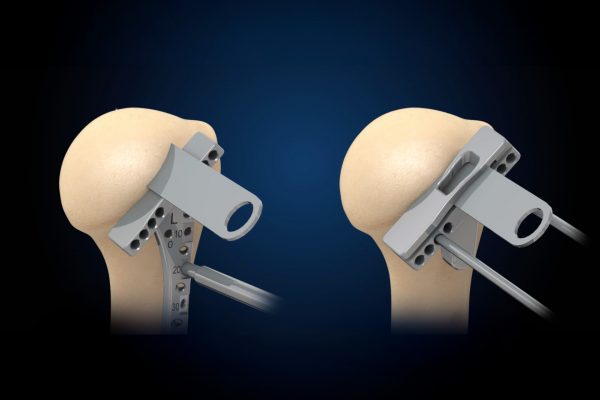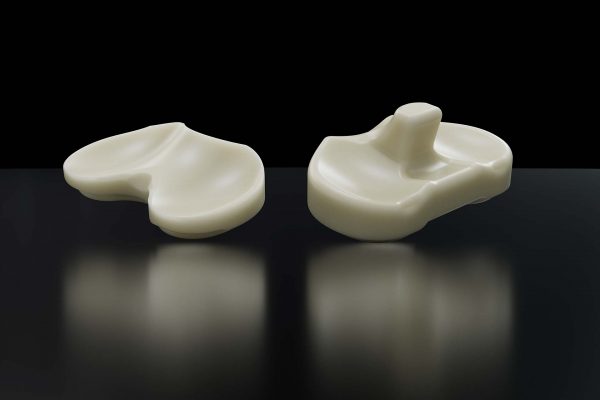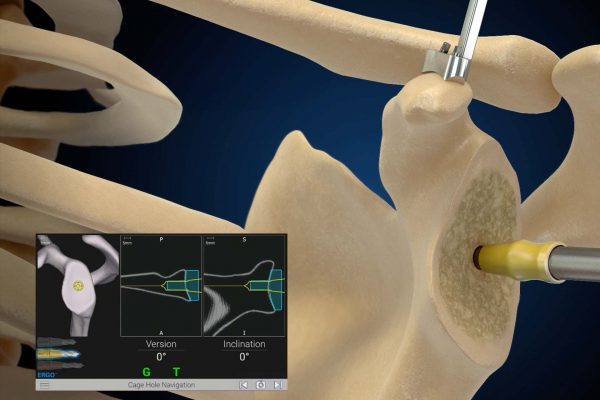Does humeral head planning impact humeral head cut and implant positioning to restore COR? Jaicharan Iyengar, MD, reviews a recent article.
Vitamin E Plays Important Role in Stabilizing UHMWPE Material Properties
Activit-E™ Vitamin E polyethylene demonstrates superior wear resistance compared to other materials in simulated knee joint conditions.
Indication matters: Effect of indication on clinical outcome following reverse total shoulder arthroplasty – a multicenter study
This comprehensive study evaluates the indications for reverse total shoulder arthroplasty and compares outcomes for patients.
Beware: Relatively high revision rates of TSA after anterior instability procedures.
This study improves on the information available to surgeons and patients on the outcomes of TSA after anterior shoulder instability.
Complication rates following reverse and anatomic shoulder replacement in treatment of glenohumeral arthritis: a 10-year Medicare review study
This paper provides a valid perspective on the need to balance short term benefits of reverse TSA from a speed of rehabilitation standpoint with the potential for greater mid-term complication rates in the first 5 years.
Proceed with caution! Performing shoulder arthroplasty in pre-operative opioid dependent patients
Surgeons now need to think outside of the box on ways to mitigate postoperative complications while managing postoperative pain.
Revision reverse shoulder arthroplasty for the management of baseplate failure: an analysis of 676 revision shoulder arthroplasty procedures
This study is a look at a relatively uncommon complication of reverse shoulder arthroplasty: glenoid-sided baseplate failure.
Anatomic Total Shoulder Arthroplasty for Primary Glenohumeral Osteoarthritis is Associated with Excellent Outcomes and Low Revision Rates in the Elderly
Dr. Gilot explores the clinical data supporting the use of Total Shoulder Arthroplasty in patients over 70.
Clinical Outcomes after Reverse Shoulder Arthroplasty in Patients 60 Years Old and Younger; Medium-Term Results
Dr. Gilot assesses the mid-term outcomes following reverse shoulder arthroplasty in patients sixty years old or younger.
Using GPS to assess glenoid morphology in reverse shoulder arthroplasty: Correlation to manual measurements and effects on final implant selection
Jaicharan Iyengar, MD, discusses the use of preoperative planning and GPS navigation for glenoid evaluation and placement in reverse shoulder arthroplasty.










